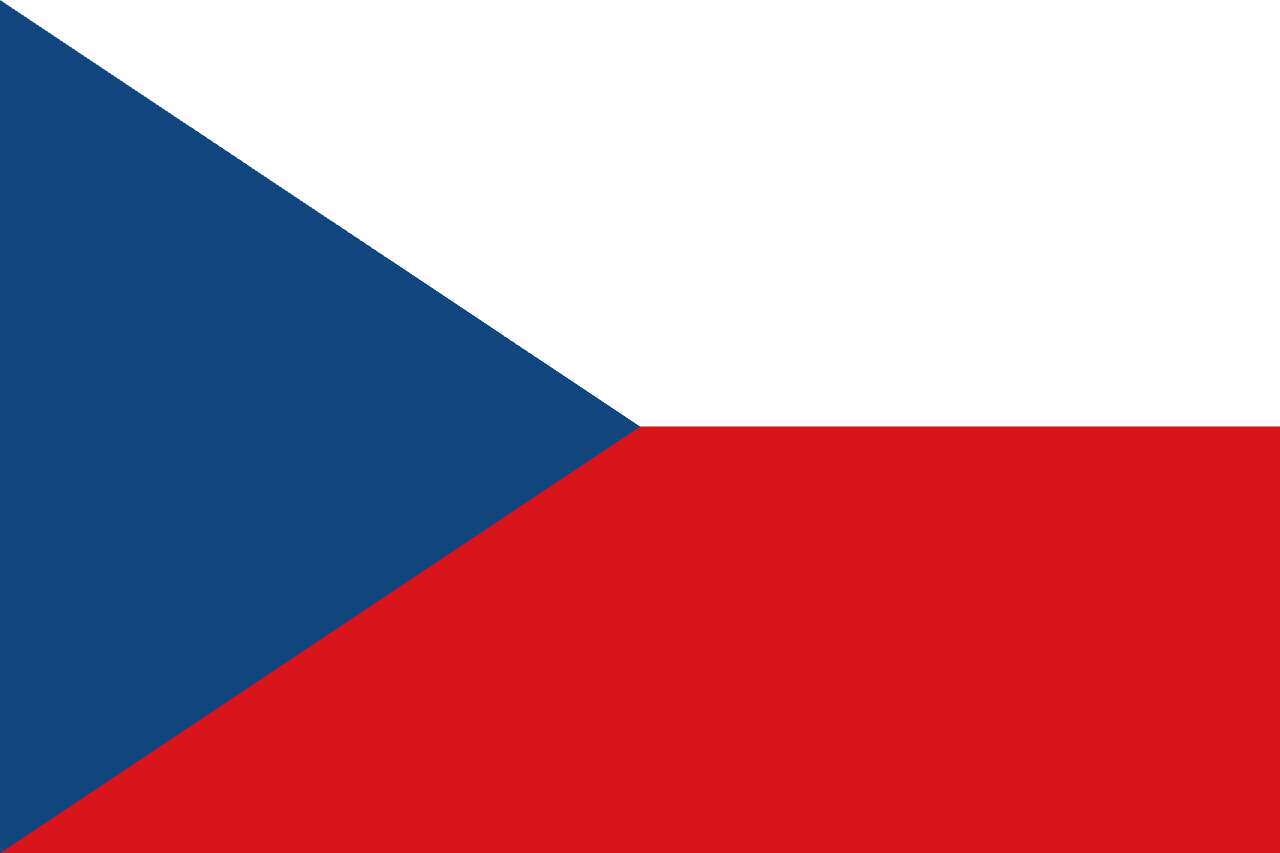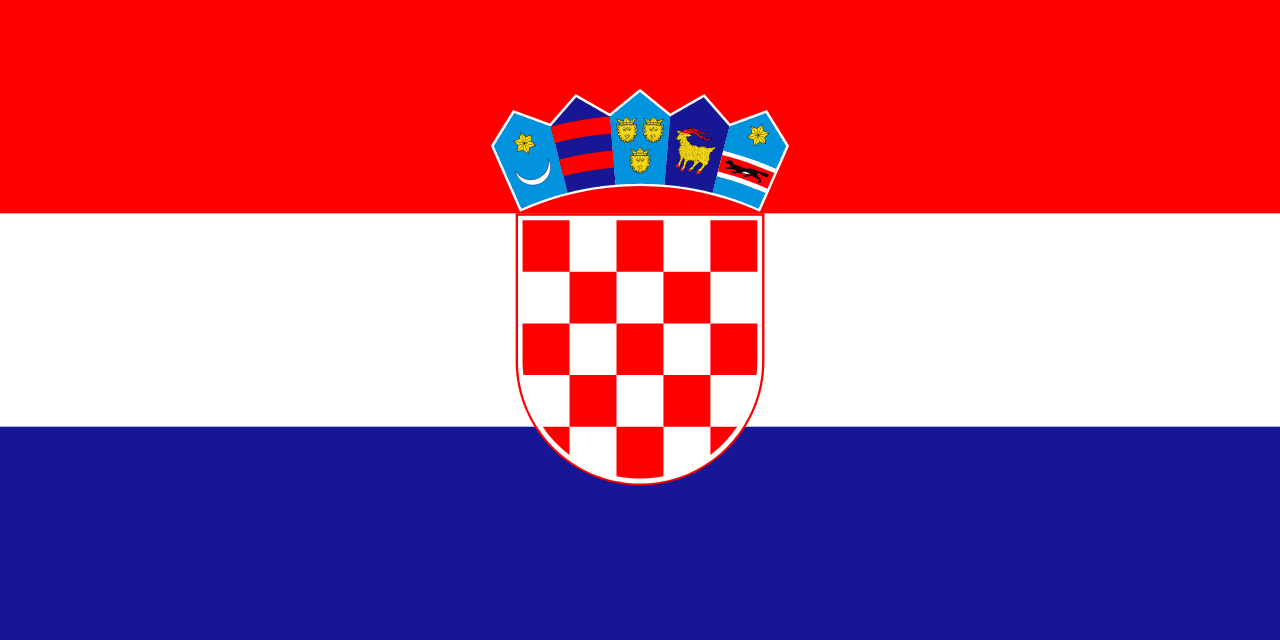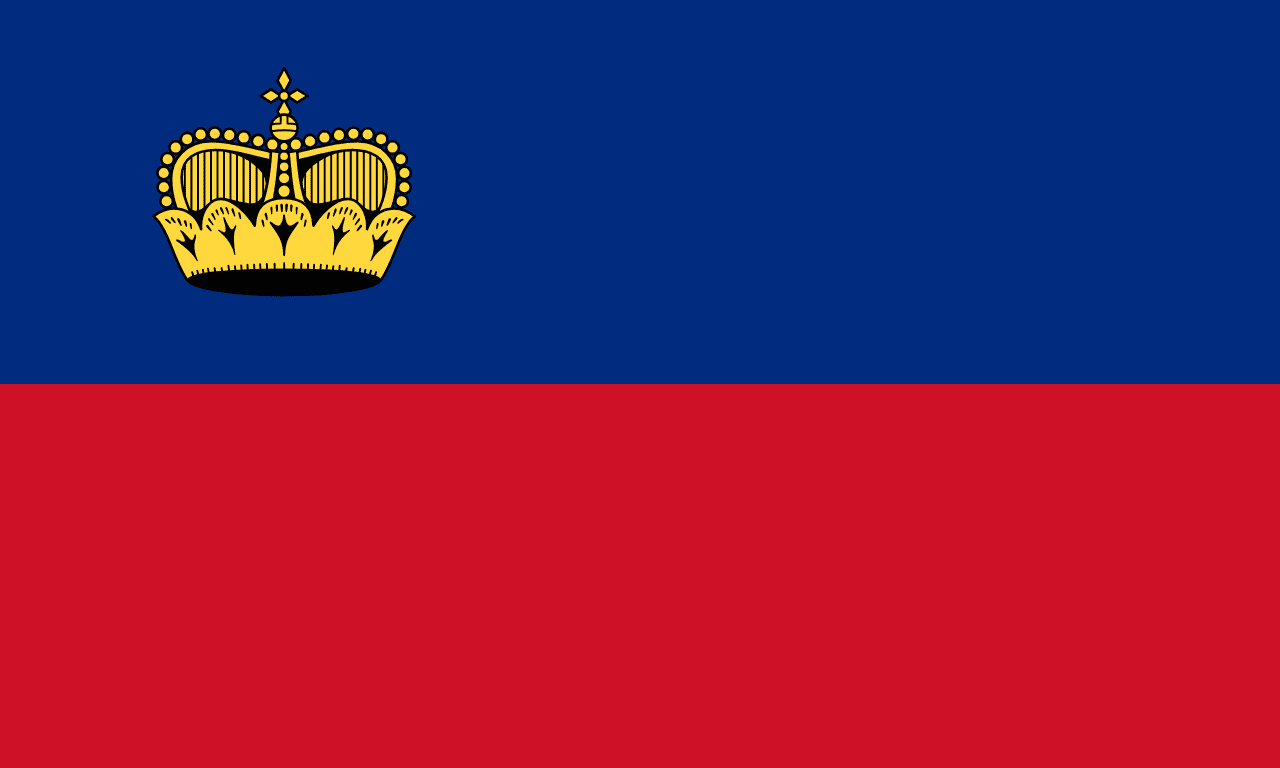Austria Flag Meaning
Three horizontal stripes of red, white, and red, representing one of the world's oldest national flag designs, allegedly inspired by Duke Leopold V's blood-stained white surcoat after the Battle of Acre in 1191, and symbolizing the courage, honesty, and strength of the Austrian people.
- Continent
- Europe
- Adopted
- 1945
- Ratio
- 2:3
- Colors
- red, white
- Designer
- Unknown (medieval origins)

Symbolism
Red Stripes: Represent the courage, strength, and bravery of the Austrian people throughout their long history, as well as the blood shed in defense of the homeland and the sacrifices made for freedom and independence.
White Stripe: Represents honesty, peace, and the noble character of the Austrian people, symbolizing the desire for harmony and the pure intentions of the nation in its relations with other countries.
Medieval Legend: According to legend, Duke Leopold V's white surcoat became soaked with blood during the Third Crusade, but remained white where his belt had been, creating the red-white-red pattern that inspired the flag design.
Historical Continuity: The colors represent continuity with Austria's medieval past and the Habsburg heritage that shaped Central European history for over six centuries, connecting modern Austria to its imperial legacy.
History
- 976-1246: The Margraviate and later Duchy of Austria was established under the Babenberg dynasty, creating the foundation of Austrian identity and the first use of the red-white-red colors in heraldry.
- 1278-1918: Habsburg rule began under Rudolf I and created one of Europe's most powerful dynasties, ruling the Holy Roman Empire and later the Austrian Empire, making Vienna a major European capital.
- 1804-1867: The Austrian Empire was established by Francis II in response to Napoleon's conquests, but military defeats led to the formation of the dual monarchy of Austria-Hungary in 1867.
- June 28, 1914: The assassination of Archduke Franz Ferdinand in Sarajevo triggered World War I, beginning the chain of events that would lead to the collapse of the Habsburg Empire.
- November 1918: The Austrian Republic was proclaimed after the Habsburg Empire's collapse, with German-Austria initially seeking union with Germany but forbidden by the Treaty of Saint-Germain.
- 1934-1938: The Austrofascist regime under Engelbert Dollfuss and Kurt Schuschnigg established authoritarian rule while attempting to maintain independence from Nazi Germany.
- March 12, 1938: The Anschluss saw Nazi Germany annex Austria, incorporating it into the Third Reich and ending Austrian independence until the end of World War II.
- 1945-1955: Allied occupation divided Austria into four zones, but unlike Germany, the country was reunified and regained independence through the Austrian State Treaty in 1955.
- May 1, 1945: The current flag was readopted when the Austrian Republic was reestablished, replacing Nazi symbols and returning to the traditional red-white-red design.
- October 26, 1955: Austria declared permanent neutrality as a condition of regaining sovereignty, allowing it to serve as a bridge between East and West during the Cold War.
- 1995: Austria joined the European Union after a referendum, ending its isolation while maintaining constitutional neutrality and becoming fully integrated into European institutions.
- 2000s-Present: Austria has faced challenges with immigration, the rise of populist politics, and adapting its neutrality to modern European security requirements while maintaining prosperity and stability.
Trivia
- Austria is home to one of the world's oldest flag designs, with the red-white-red pattern dating back to medieval times and allegedly inspired by events during the Third Crusade in 1191.
- The flag represents the birthplace of classical music, with Vienna being home to Mozart, Beethoven, Schubert, and Brahms, making it the undisputed classical music capital of the world.
- Austria is famous for its coffee house culture, with Viennese coffee houses being UNESCO-recognized cultural heritage sites where intellectuals, artists, and writers have gathered for centuries.
- The country is renowned for its Alpine scenery, with about 62% of its territory covered by the Alps, making it a major destination for skiing, mountaineering, and alpine tourism.
- German is the official language, but Austria has distinct dialects and cultural differences from Germany, with a unique Austrian identity that developed over centuries of separate political development.
- The flag flies over a country that gave the world the waltz, with Johann Strauss II's compositions like 'The Blue Danube' becoming synonymous with Viennese elegance and culture.
- Austria is constitutionally neutral, established in 1955, which allowed it to serve as a meeting ground for East-West diplomacy during the Cold War and host international organizations.
- The country is famous for its pastries and desserts, including Sachertorte, Apfelstrudel, and Kaiserschmarrn, reflecting the refined culinary traditions of the former imperial court.
- Vienna consistently ranks among the world's most livable cities, known for its high quality of life, extensive public services, and well-preserved historic architecture.
- The flag represents a country that was the center of the vast Habsburg Empire for over 600 years, ruling territories from Spain to Hungary and leaving a lasting cultural legacy across Central Europe.
- Austria has a strong tradition of winter sports, having hosted the Winter Olympics twice (Innsbruck 1964 and 1976) and producing world-class skiers and alpine athletes.
- The country maintains a unique federal system with nine states (Länder), each with distinct cultural characteristics ranging from alpine Tyrol to the Danube valley regions.
- Austrian wine has gained international recognition, particularly white wines from regions like Wachau and Burgenland, representing a successful agricultural tradition in a mountainous country.
- The flag represents a country where about 74% of the population identifies as Roman Catholic, though secularization has increased and religious practice has declined significantly.
- Despite its small size, Austria punches above its weight culturally and economically, maintaining influence in Central and Eastern Europe through historical ties and economic partnerships.
Related Countries

Slovenia
Europe
A horizontal tricolor of white, blue, and red with the Slovenian coat of arms placed toward the hoist in the upper stripe. The coat of arms features Mount Triglav, Slovenia’s highest peak, three six-pointed golden stars, and wavy blue lines representing rivers and the Adriatic Sea.

Czech Republic
Europe
Two horizontal stripes of white over red with a blue triangle extending from the hoist, combining Bohemian colors with Moravian blue, representing the historical lands and democratic ideals of the Czech nation.

Croatia
Europe
Three horizontal stripes of red, white, and blue with the Croatian coat of arms centered on the white stripe, featuring the distinctive red and white checkerboard pattern and five historical shields representing the regions of Croatia.

Hungary
Europe
Three horizontal stripes of red, white, and green representing strength, faithfulness, and hope, with colors rooted in medieval Hungarian heraldry and the struggle for independence from foreign rule.

Liechtenstein
Europe
Two horizontal stripes of blue and red with a golden crown in the upper left corner, representing this Alpine principality that is one of the world's smallest and wealthiest nations.

Slovakia
Europe
A horizontal tricolor of white, blue, and red with the Slovak coat of arms placed toward the hoist. The coat of arms features a double silver cross rising from three blue hills, symbolizing Christianity and Slovakia’s mountainous landscape.